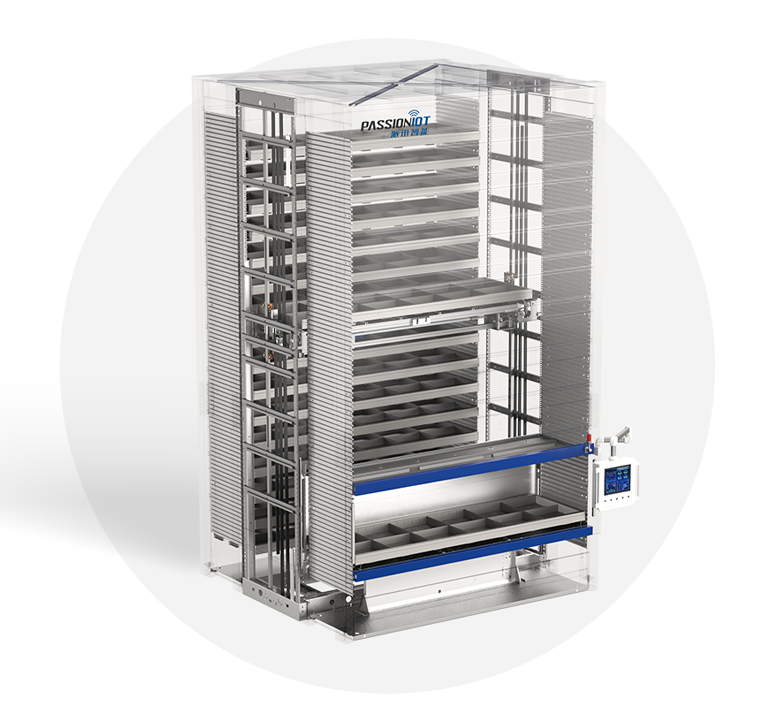Traditional storage layouts often dictate inefficient workflow patterns. The adoption of vertical lift storage systems fundamentally reconfigures operational dynamics by shifting retrieval processes from horizontal traversal to vertical automation. This paradigm eliminates manual search time and reduces worker transit, directly impacting productivity metrics. Vertical lift storage technology consolidates inventory into a single vertical column, enabling batch picking and just-in-time part delivery to workstations—transforming spatial constraints into strategic advantages.
Modularity as an Adaptive Framework
Scalability remains critical for growing enterprises. Vertical lift storage modules offer a future-proof architecture where capacity expands alongside operational needs. PassionIOT’s implementation emphasizes interoperability: their Smart Vertical Lift Module integrates with warehouse management systems (WMS) and IoT platforms via open APIs. This modularity allows phased deployments—starting with high-demand SKUs—while maintaining consistent retrieval logic across units. The system’s multi-floor access capability further synchronizes workflows across facility layers, minimizing vertical transit redundancy.
Configurability Enabling Process Agility
Beyond space savings, vertical lift storage systems excel in accommodating inventory volatility. PassionIOT’s customizable trays adapt to component redesigns or product mix shifts without hardware overhaul. Adjustable dividers and weight-rated trays ensure delicate electronics, bulky assemblies, or irregular parts remain secure during automated handling. Such flexibility reduces reconfiguration downtime and supports lean inventory methodologies like Kanban.
Conclusion
Integrating vertical lift storage transcends conventional space reclamation; it recalibrates core operational variables—time, motion, and adaptability. Solutions like PassionIOT’s modular platform exemplify how vertical automation redefines workflow geometry, replacing physical navigation with algorithmic precision. This represents not merely storage evolution, but a tangible recalibration of material handling economics in constrained environments.



